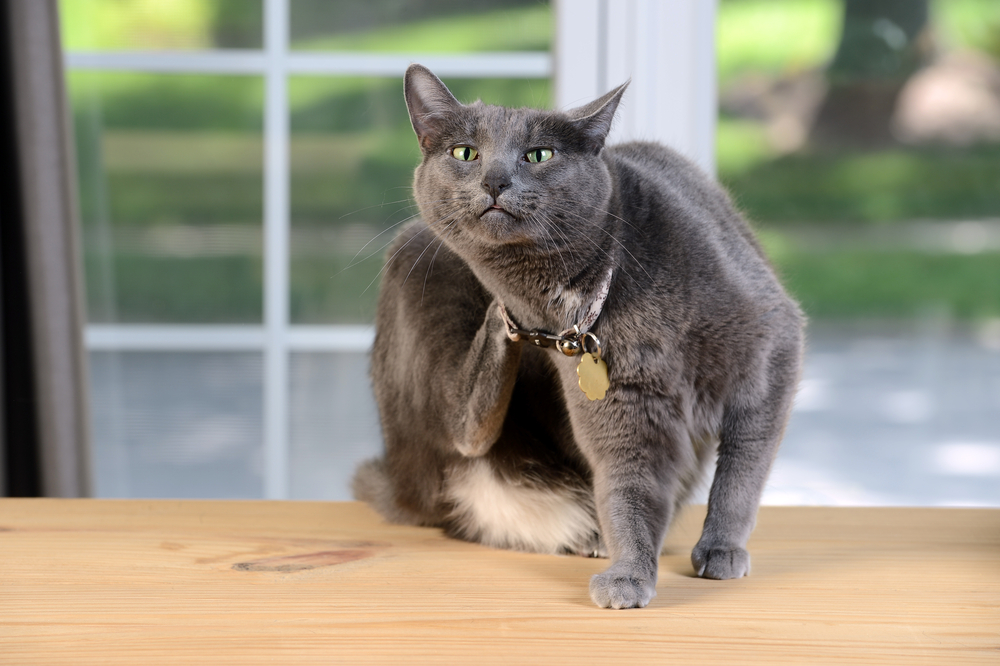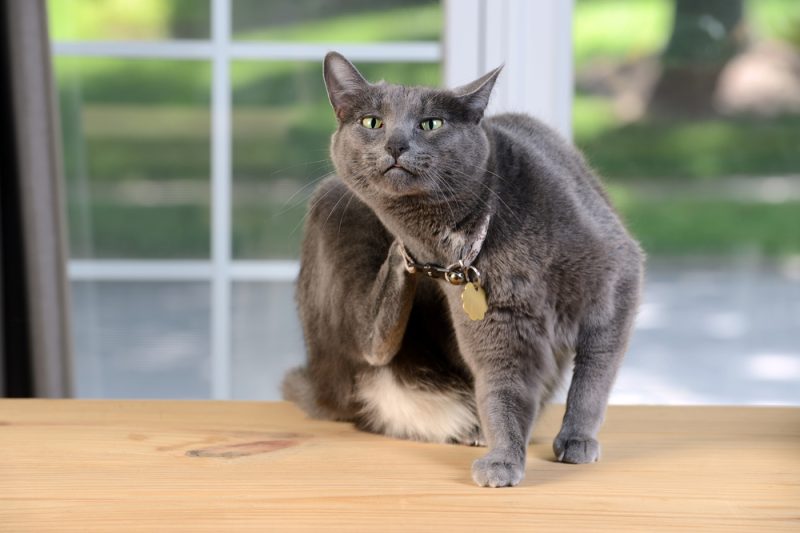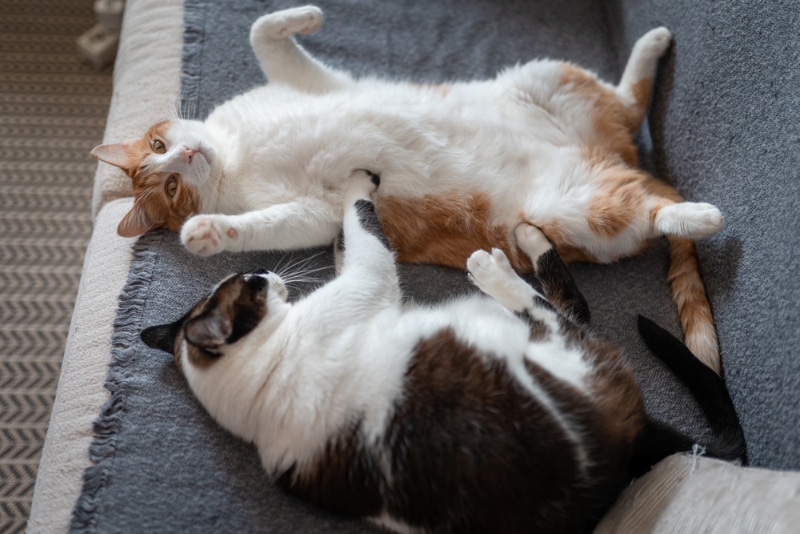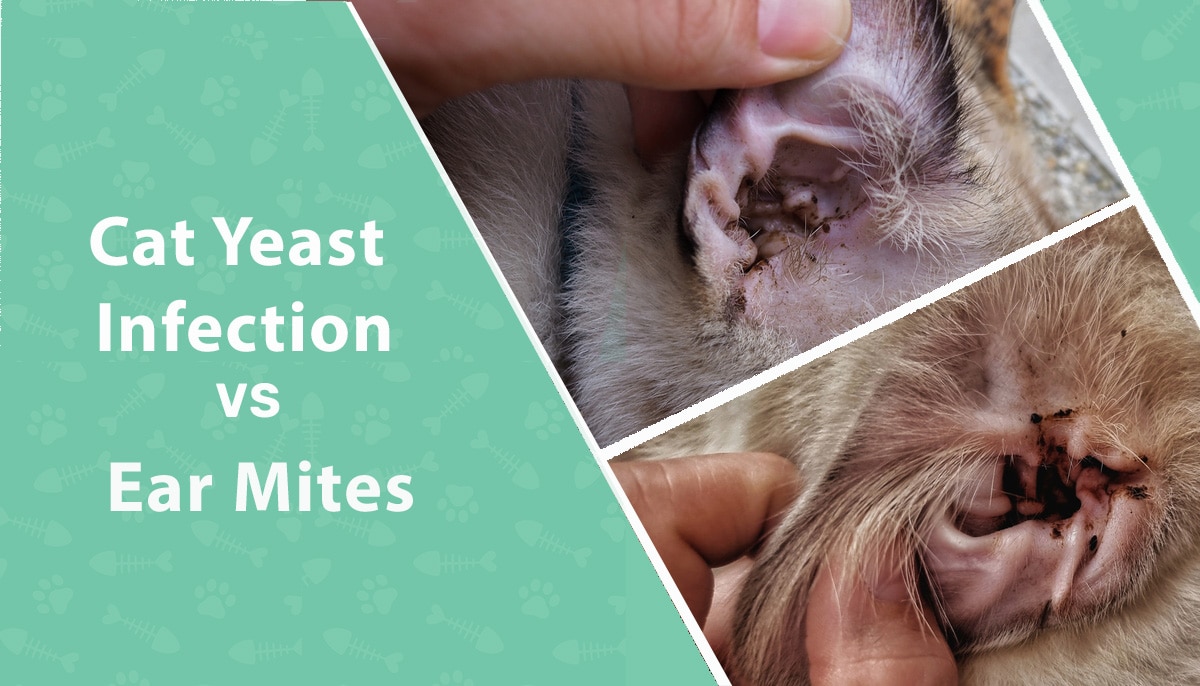Fleas can be a real pest to deal with once your cat picks them up, and if left untreated, fleas can become very dangerous for pets, leading to anemia and spreading disease. While humans aren’t primary hosts for fleas, that doesn’t mean that they won’t bite you if you’re around. If your cat has fleas, it’s important that you take multiple steps to deal with the problem. The best option for treating fleas is to treat your cat with flea medication from your veterinarian, but there are steps you can take in your home to reduce or eliminate the fleas over time. Here, we discuss those natural remedies for your home.
The 10 Natural Home Remedies for Cats With Fleas
1. Clean Your House
A clean house means less places for fleas to hide. Pick up things laying around, wash clothing and other items on the floor, dust, remove trash, and generally make things are orderly and clean as possible. You should also avoid using any disinfectants with your cat nearby, so be sure to separate them while you’re using these products.
2. Vacuum Everywhere
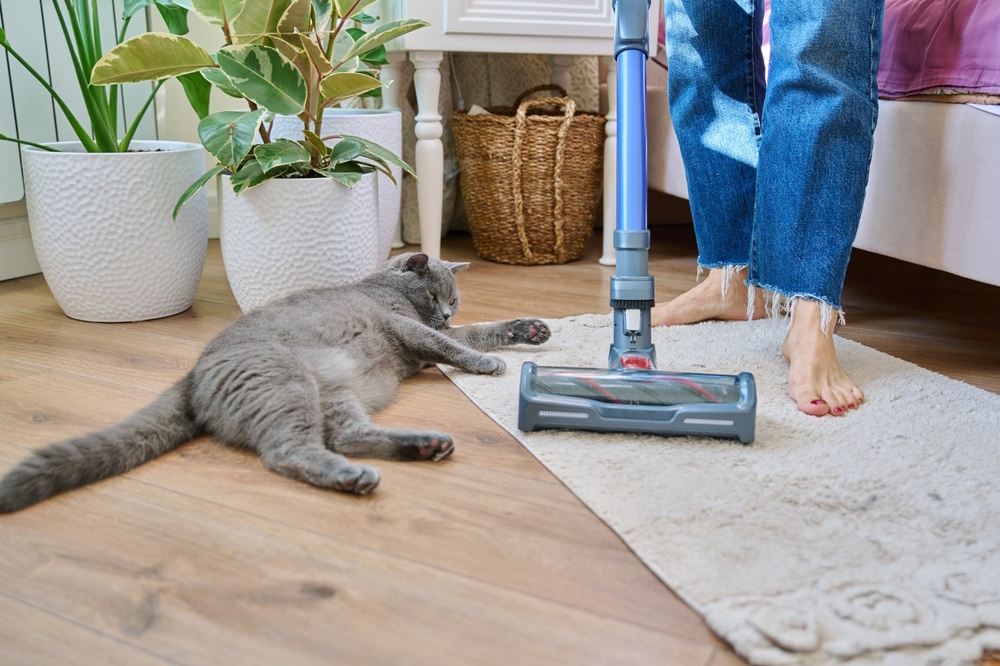
Fleas can be extremely sneaky pests, finding places to hide just about anywhere. They can settle into carpets, furniture, and other surfaces that allow a comfortable place to hide. Vacuum everywhere you can think of in order to catch as many fleas and eggs as possible. Move furniture, vacuum along baseboards, and get into as many small crevices as you can.
Once you’re finished vacuuming, make sure to throw away the bag outside of your home so they don’t make their way back indoors. If you have a bagless vacuum, then you will need to ensure that all the fleas are dead before bringing the container back into your home.
3. Reduce Fabric in the Home
When there are lots of soft surfaces in your home, then fleas will have more places to hide. Excess fabric around your house can provide fleas with an ideal hiding place. This can include fabric on things like furniture, bedding, and clothing. While you likely aren’t going to want to get rid of all of your clothes or bedding, reducing the extra can help with your flea problem.
For example, avoid letting piles of clothes collect, get rid of blankets and furniture that don’t get used, and keep fabrics clean and put away. If you’ve been thinking about ripping up your old carpet, now might be a good time to replace it with tile or another type of hard flooring.
4. Wash Your Cat’s Bedding
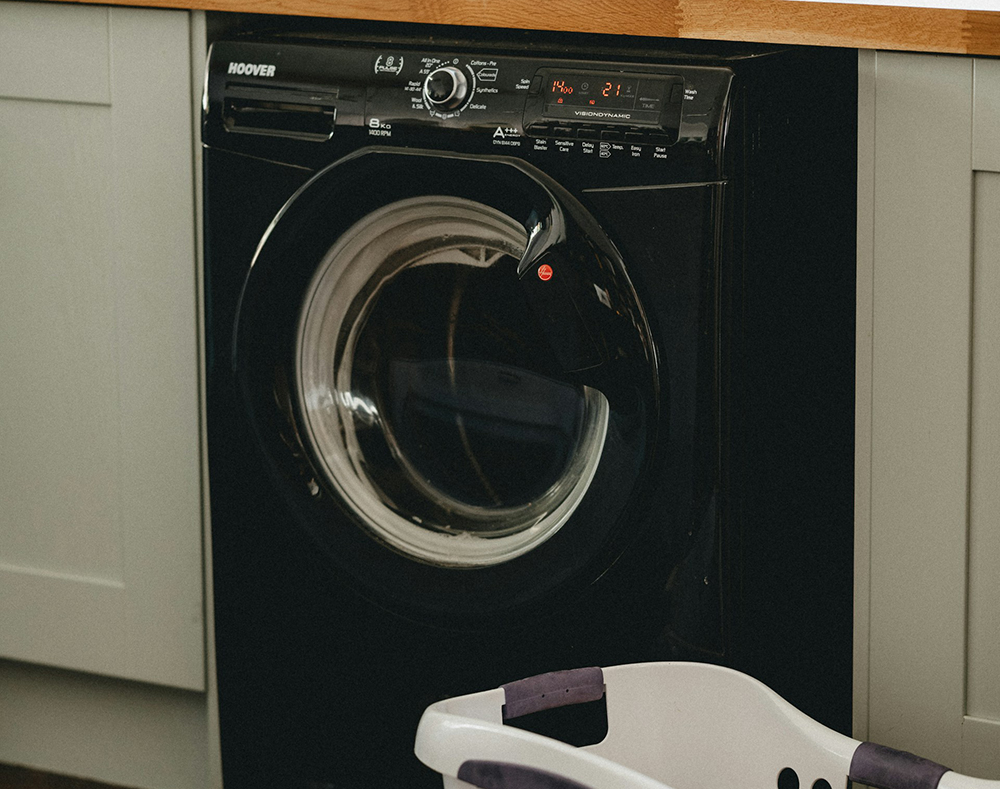
If your cat has fleas, then there are likely fleas hiding in your cat’s bedding. Wash their bedding in hot, soapy water to eliminate fleas. Running the bedding through the dryer afterward can also help eliminate any remaining fleas. If your cat and home have a severe infestation of fleas, then it may be best to throw away all of your cat’s bedding instead of attempting to wash all of it. With a severe infestation, it can be difficult to ensure that all of the fleas are fully killed on fabrics.
5. Thoroughly Clean Areas the Cat Frequents
While you’re likely going to go ahead and disinfect your whole home, provide special attention to the areas that your cat frequents. In and around litter boxes, windowsills, perches, cat trees, near food bowls, and other places where your cat spends a lot of time are some of the places that may need extra cleaning attention from you. Ensure these areas are thoroughly disinfected and vacuumed to make sure no fleas are left behind.
6. Don’t allow other animals into the home
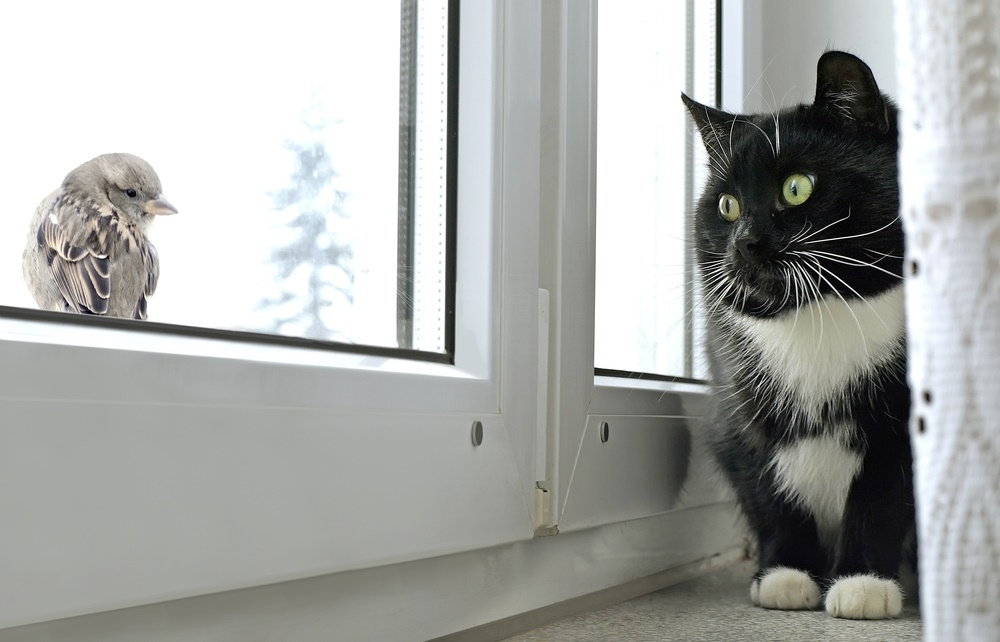
Other animals, especially strays, can potentially bring fleas into your home. Don’t allow visiting animals into the house, as they can perpetuate the flea life cycle, especially if they are not on flea treatment themselves.
7. Feed a High-Quality Diet
While a high-quality diet isn’t going to keep your cat from getting fleas or get rid of fleas altogether, cats that aren’t eating a high-quality diet may have a more severe reaction to the presence of fleas. If your cat’s diet is not providing them with all the nutrition they need, then there’s a chance that their immune system may struggle to appropriately respond to a flea infestation. You may see hair loss and extremely itchy and irritated skin if your cat isn’t eating a high-quality diet or if they have allergies to fleas.
8. Use a Flea Comb
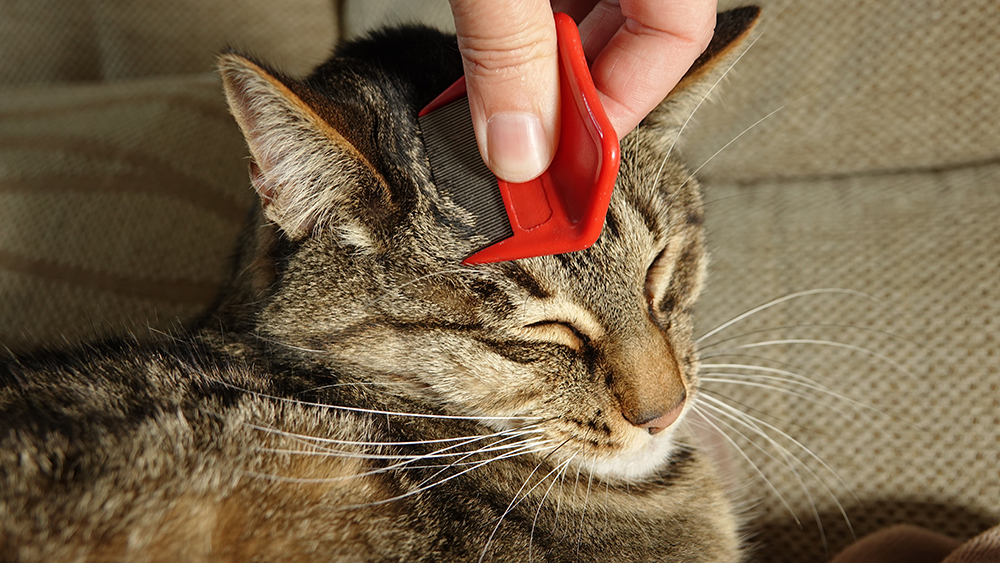
Although flea combs aren’t necessarily natural, they are a good way to reduce the number of fleas on your cat without using harsh chemicals. Aim to brush your cat with a flea comb at least once per day to pull fleas off of them. Keep in mind that a flea comb won’t kill fleas, so you will need to have a plan to quickly kill fleas as you brush them off before they jump back onto your cat or get loose in your house. Brushing your cat on a hard surface, like a tile floor or wooden table, will help to reduce the chances of you losing track of the fleas you brush off.
9. Give Your Cat a Bath
It’s no secret that most cats don’t like being given a bath, but bathing your cat can help to reduce the number of fleas on them. It’s unlikely to eliminate the fleas entirely, but it will remove some of them and may make it easier to remove some manually.
Avoid bathing your cat more than once per week while dealing with fleas. Under normal circumstances, most cats don’t need to be bathed. Bathing too frequently can dry out the skin by removing the natural oils from the skin and coat, so make sure to talk to your vet about an appropriate bathing schedule while treating your cat for fleas.
10. Examine Other Pets for Fleas

If one of your pets has fleas, it’s safe to assume that the others in the house do as well. In fact, the one that you’re treating might not have even been the original source of the flea infestation. If you want to get the fleas under control, make sure to have all in contact animals treated by a vet.
Conclusion
Fleas can be dangerous for your cat, along with the other animals and people in your home. The ideal way to treat fleas is a combination of the tasks mentioned above, along with prescription flea medication from your veterinarian. These medications are safe and effective. Avoid using things like diatomaceous earth and essential oils to get rid of fleas, as these are often touted as natural ways to get rid of fleas, but they can be dangerous for your cat.
Featured Image Credit: Susan Santa Maria, Shutterstock
Contents
- The 10 Natural Home Remedies for Cats With Fleas
- 1. Clean Your House
- 2. Vacuum Everywhere
- 3. Reduce Fabric in the Home
- 4. Wash Your Cat’s Bedding
- 5. Thoroughly Clean Areas the Cat Frequents
- 6. Don’t allow other animals into the home
- 7. Feed a High-Quality Diet
- 8. Use a Flea Comb
- 9. Give Your Cat a Bath
- 10. Examine Other Pets for Fleas
- Conclusion

